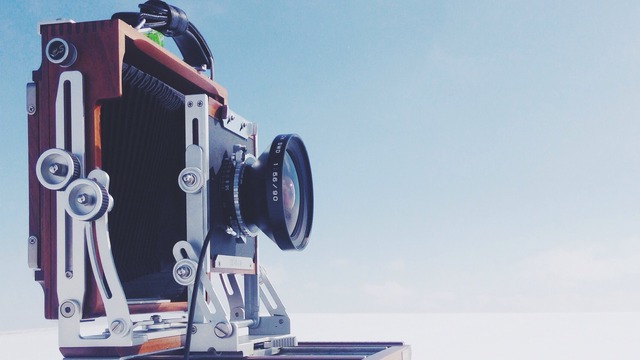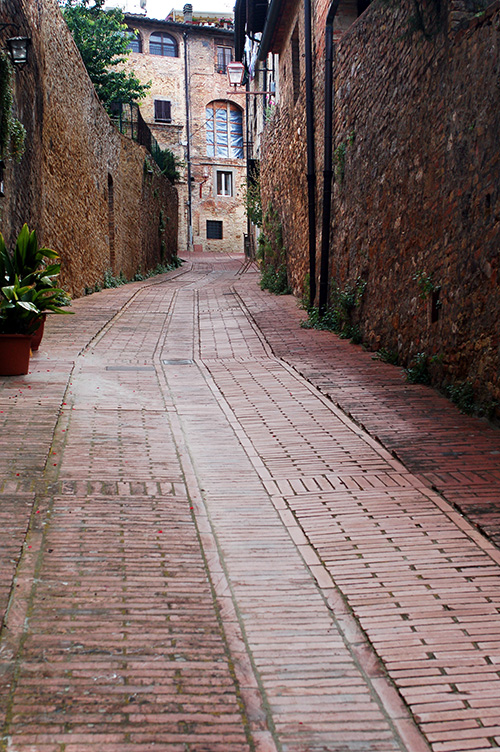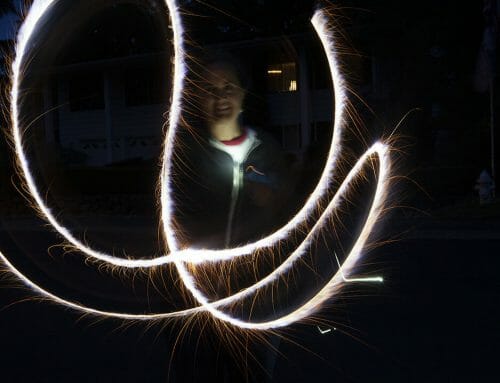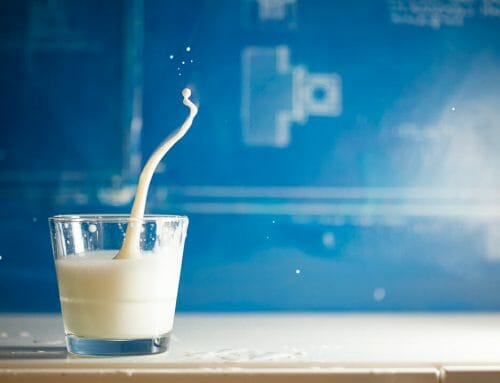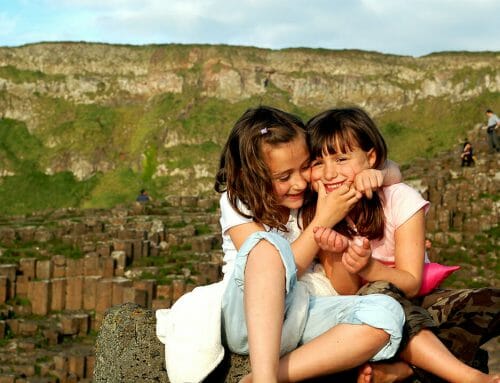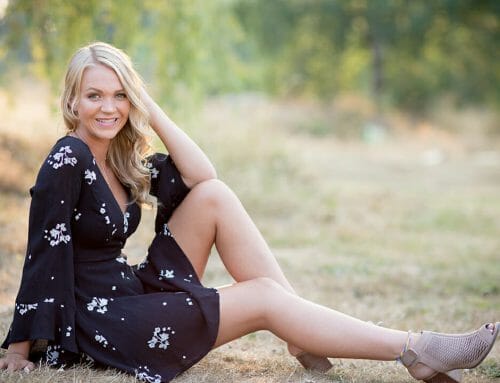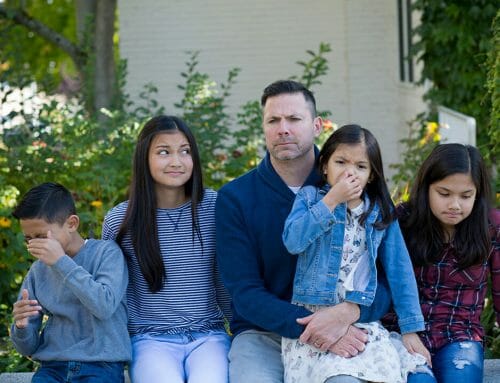I’ve been involved in image making of some form or another for the last 19 years. When I tell people this the most common reaction is to begin to talk about cameras, as in what camera should I get, what’s the best camera out there today, how many mega pixels do I need, etc. I used to try to answer the question straightforwardly in a way that would satisfy the inquisitor but then I realized that sometimes answering the wrong question is worse than bad advice. So this is going to be my stock answer from now on. It depends. On what? Ok. Now we’re getting somewhere. Not necessarily ranked in order of importance:
1) What size camera will you carry with you frequently? One thing I forgot to mention is that I have owned almost every type of camera known to man. About 5 years into taking photography seriously, and looking at enough prints from Ansel Adams and Edward Weston I decided that I needed a 4×5 field camera. This is one of those old timey cameras where you have to load a 4×5 inch sheet of film one at a time. They make beautiful prints, but as you can imagine, each image takes a very long time to setup and each sheet of film costs around a dollar. Made out of mahogany and titanium materials, the camera was a beautiful thing to look at and thank God because that is exactly what I spent most of my time doing with it. I rarely ever used it, because it was so cumbersome, took so long to take a photo and after realizing that a day of shooting was going to cost around $50 bucks, I sold it to someone who could afford to have a camera as a conversation piece. If you are not going to bring a camera with you when you should because its impractical, its not the camera for you. I recently went hiking and purposefully did not bring an SLR because I didn’t want to deal with the weight and protecting the thing, and I realized that I should probably invest in a smaller sensor camera or otherwise compact camera for occasions such as this. Remember the camera is a tool not the end in itself.
2) What are you going to shoot with it and what are you never going to shoot with it? A man came into a camera store where I was working and explained that he needed a camera that could shoot 12 frames a second. I asked him what he was using it for and he said that he was shooting his daughters soccer games. I explained to him that humans really don’t (can’t) move fast enough for that type of speed to be beneficial and steered him toward a camera that could shoot about 4 frames a second instead, probably still overkill for his daughters soccer game but much closer to practical. A couple of months later another guy came in and said that he needed a camera that shot 15 frames a second and I, probably a little too condescendingly told him he probably didn’t need that many frames a second, but did ask what he was using it for. Turns out, he was using it to film explosions and determine accelerations of shrapnel and blah, blah, blah, he worked for a weapons contractor. Lesson learned. 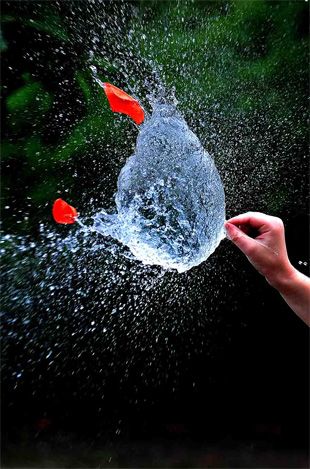
If you are going to shoot sports, you need a camera that focuses and shoots quickly. If you are going to shoot landscapes then you want a camera that has high resolution and has a lot of good lens options. If you are going to shoot portraiture, the overall look of the images as well as low light image reproduction are a couple of good things to have. This list could be inexhaustible but you should determine what types of pictures you are interested in taking and then choose a camera that suits those needs, never the other way around. Again, the camera is a tool not the end in itself.
3) The feel of the camera is more important than you think. The layout has to make sense and the camera has to feel comfortable in your hands. That being said, they’re not just cameras, they’re also computers. Most camera manufacturers do a pretty good job of laying out cameras in a way that makes at least a little sense but the question is does it make sense to you. If you shoot a lot in low-light conditions then you might want to make sure that the ISO setting is not buried somewhere in the menu. Not necessarily a make or break factor but something that you want to think about as you decide between two cameras. There are also the intangible things. Does it feel good in your hands? This might not seem like a big deal until you go to Paris in winter and are shooting all day. The camera should eventually feel like it is an extension of your hand and if you are always fiddling with it to try to get your hands in the right spot at the very least it will be a distraction and at the very worst you will miss a few pictures because you turned off the autofocus on accident…not that I’ve done that.
4) What is your final output going to be. This one is very straightforward. If you are only going to put your pictures online, frankly you could use almost any camera manufactured and the image quality would be good enough as long as you had some manual control of aperture and shutter speed. If you want to make prints, you’ll want to figure out how big those prints are going to be. Most cameras will make good 16×20 print but beyond that you’ll want to start looking at higher end cameras. The number of mega pixels are important but not the be all end all of image quality. I would recommend going to a site like DP Review and downloading a sample image and either cropping to look at detail or having a print made at the size you think you might want.
We live in a society that tells that we need to constantly upgrade. Often this means that we don’t really think about why it is that we need to upgrade and think that new features or higher numbers of megapixels will automatically make better photos. Just know that only a better photographer can make better photographs so it makes a lot more sense to focus your attention on upgrading your skills, not your camera.
